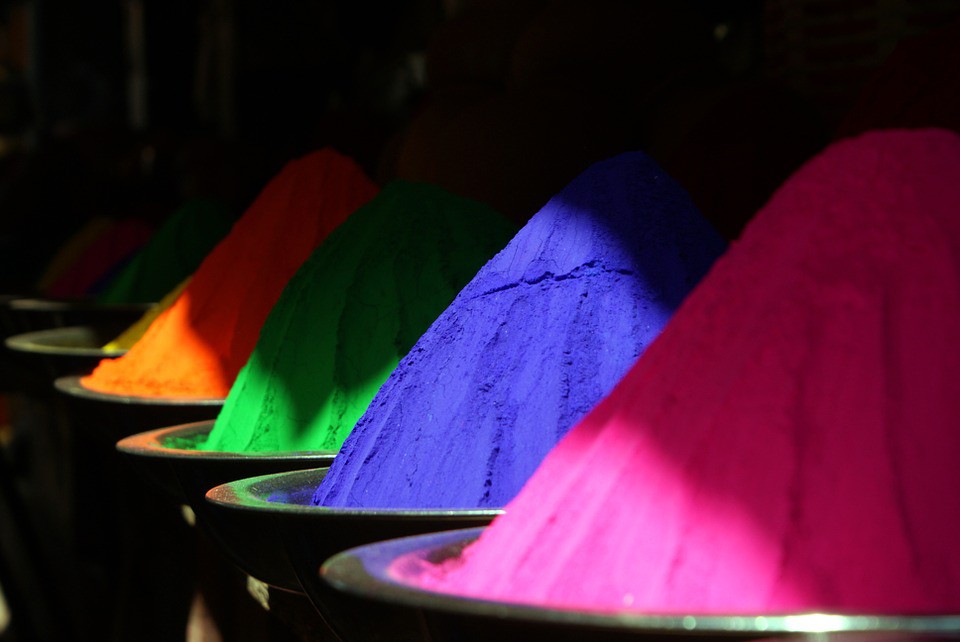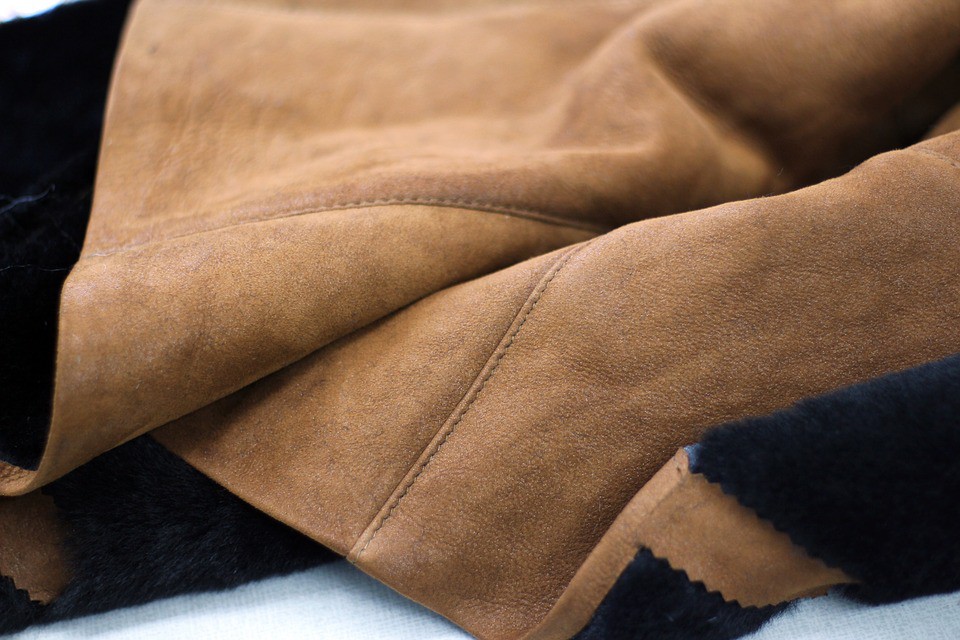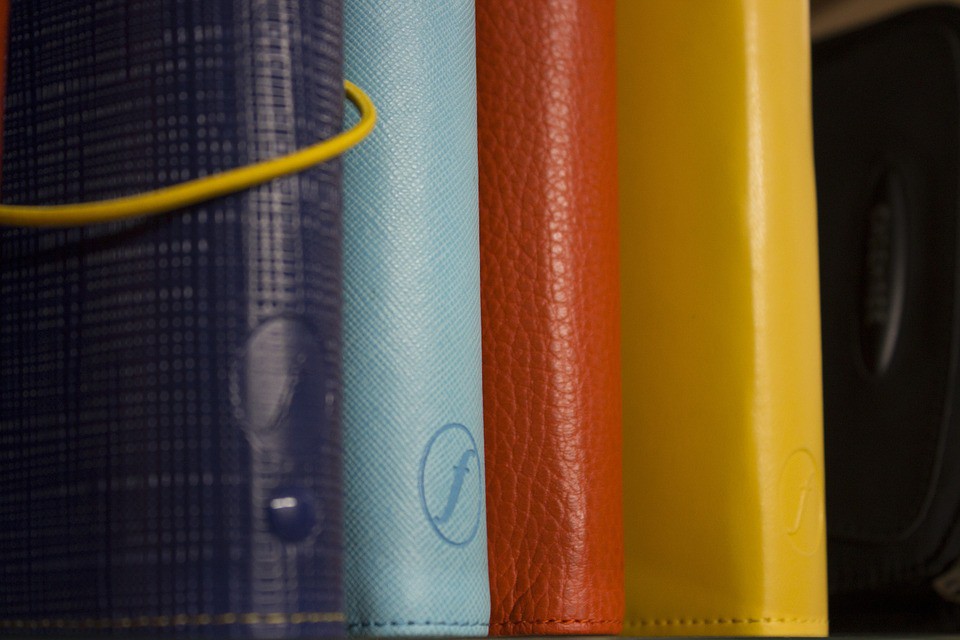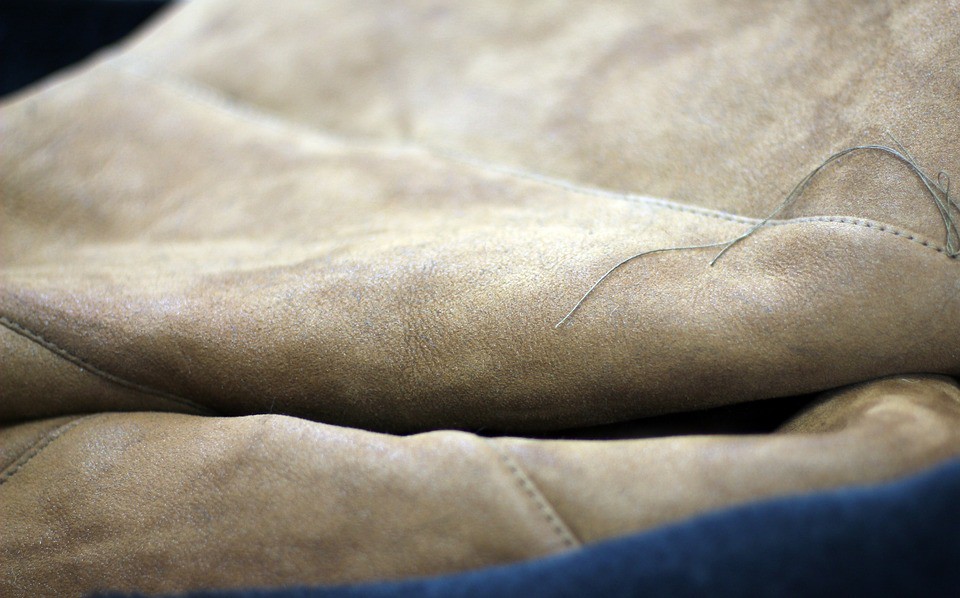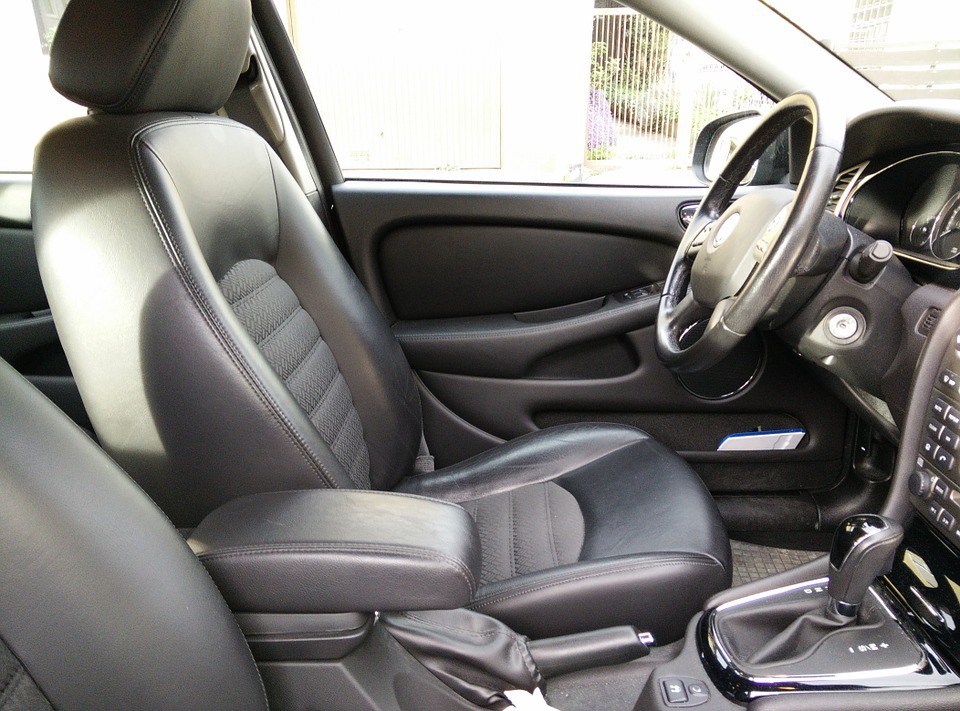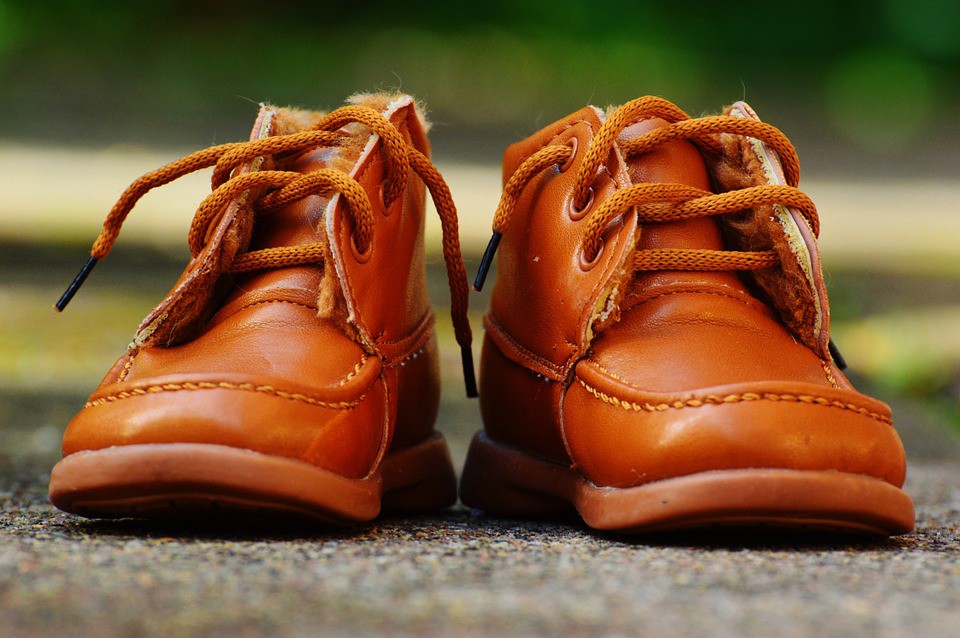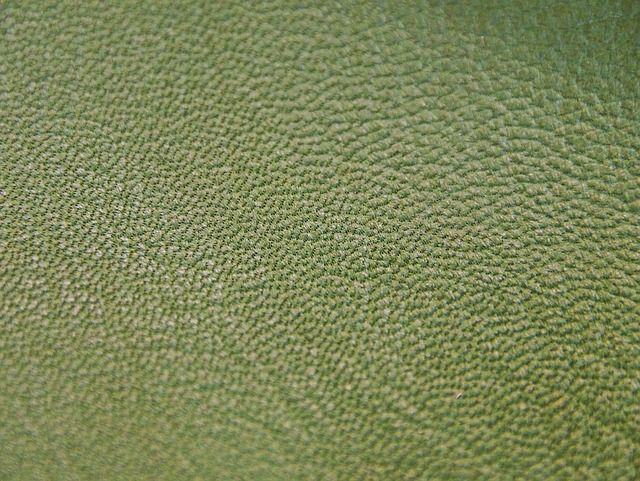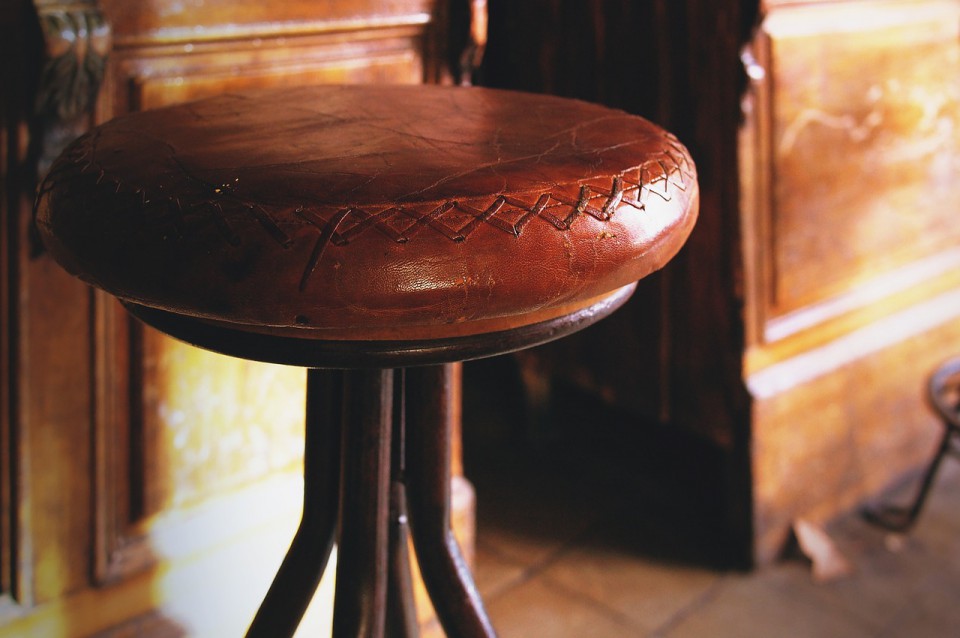Differences between pigments and dyes
In a previous post on this blog we have dealt with leather dyes. Now it’s time to speak about another type of product that is used in leather industry to colour leather: chemical leather pigments.
Pigments are rather different from dyes, and those who are not expert in this field may be confused. So, let’s try to give some explanations and make everybody understand the differences between these two products.
In general, and not only in leather industry, leather and dyes are both used to change the colour of a product or of a material, but they are deeply different from each other: while pigments can be described as powders that are insoluble in their vehicles or in general in the solvents they are dispersed in, dyes can do that (and they can be a liquid themselves). In other words, while dyes liquefy in water or solvents, pigments are only dispersed, because their particles cannot dissolve.

